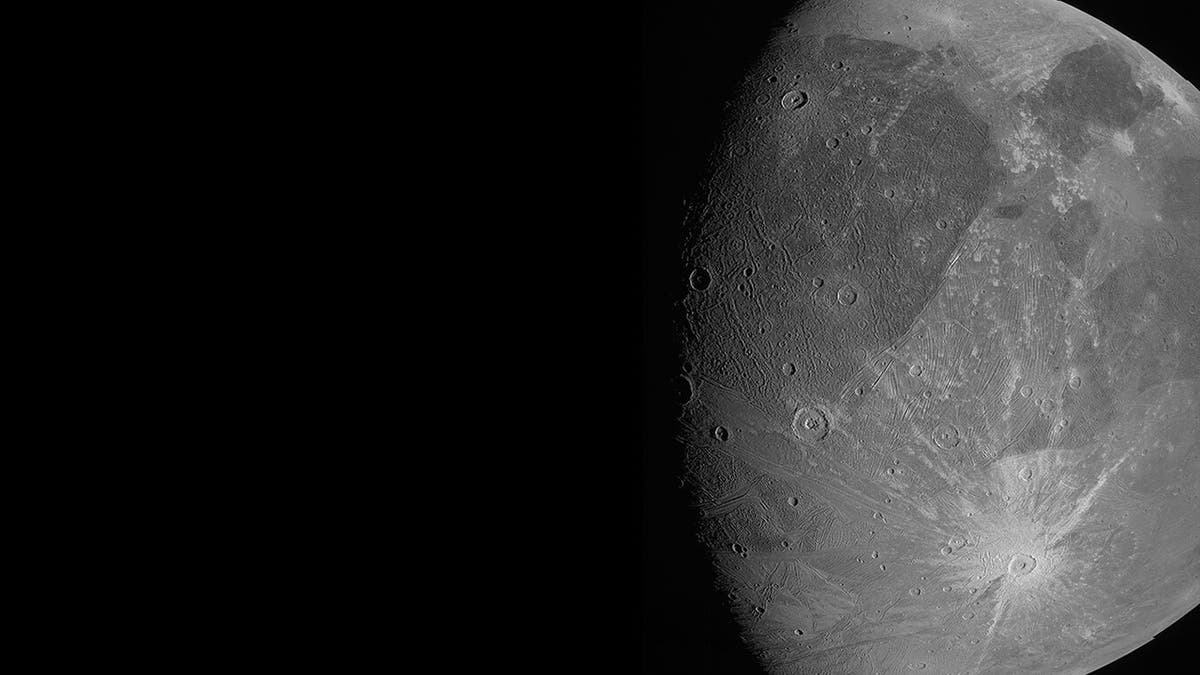What's Trending: Strange object found in Jupiter's orbit; family finds gator relaxing in pool
A look at the day's trending stories on FoxNews.com.
Later this week, NASA's Juno spacecraft will come the closest it has been in decades to Jupiter's ice-covered moon, Europa.
The agency believes Juno will obtain the highest-resolution pictures of Europa's surface while gathering key data about the moon's surface compositions and interior. Juno is expected to come within 222 miles of the moon's surface, and the mission is scheduled for Thursday, September 29th.
NASA hopes that the data collected from the probe will assist in future missions and studies of Europa, a moon where scientists suspect a vast ocean lies beneath its icy surface and may contain elements of life.
"Europa is such an intriguing Jovian moon, it is the focus of its own future NASA mission," said Juno Principal Investigator Scott Bolton of the Southwest Research Institute in a statement. "We’re happy to provide data that may help the Europa Clipper team with mission planning, as well as provide new scientific insights into this icy world."
JAMES WEBB SPACE TELESCOPE CAPTURES STUNNING IMAGE OF NEPTUNE, RINGS

Juno has collected data on Jupiter and its other moons since launching into the planet's orbit in 2016.
Since 2016 when Juno came into Jupiter's orbit, the spacecraft has collected data on the planet as well as its moons, such as Ganymede. In the past, Juno has also studied Jupiter's planetary rings.
In terms of size, Europa has a nearly 2,000 equatorial diameter and is 90% similar to the size of Earth's Moon. Scientists believe the mission will help reduce the time it takes to orbit Jupiter to about 38 days. Juno is the closest spacecraft to orbit Europa since Galileo was launched in 2000, coming only 218 within the moon's surface.
"The relative velocity between spacecraft and moon will be 14.7 miles per second (23.6 kilometers per second), so we are screaming by pretty fast," said John Bordi, Juno deputy mission manager, in a statement. "All steps have to go like clockwork to successfully acquire our planned data, because soon after the flyby is complete, the spacecraft needs to be reoriented for our upcoming close approach of Jupiter, which happens only 7 ½ hours later."
Juno will immediately begin collecting data when it is 51,820 miles from Europa's surface.





















